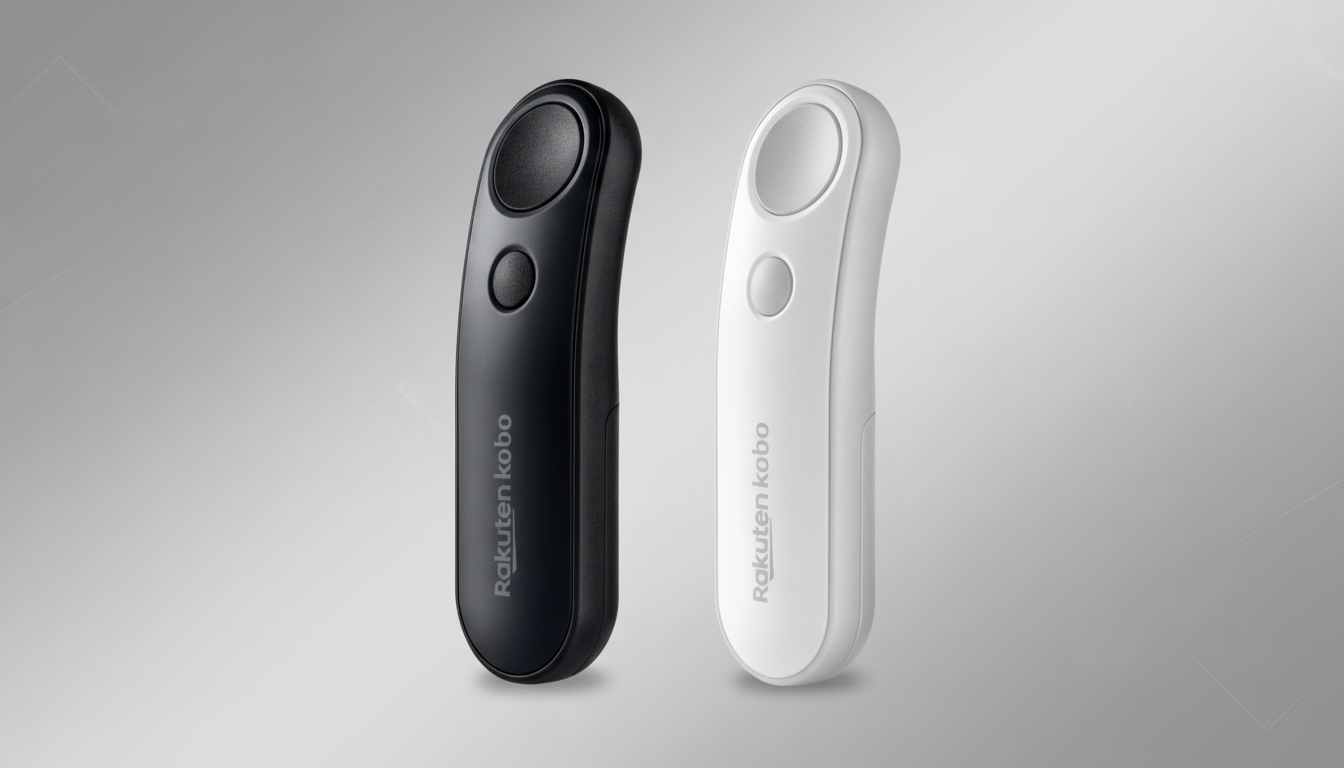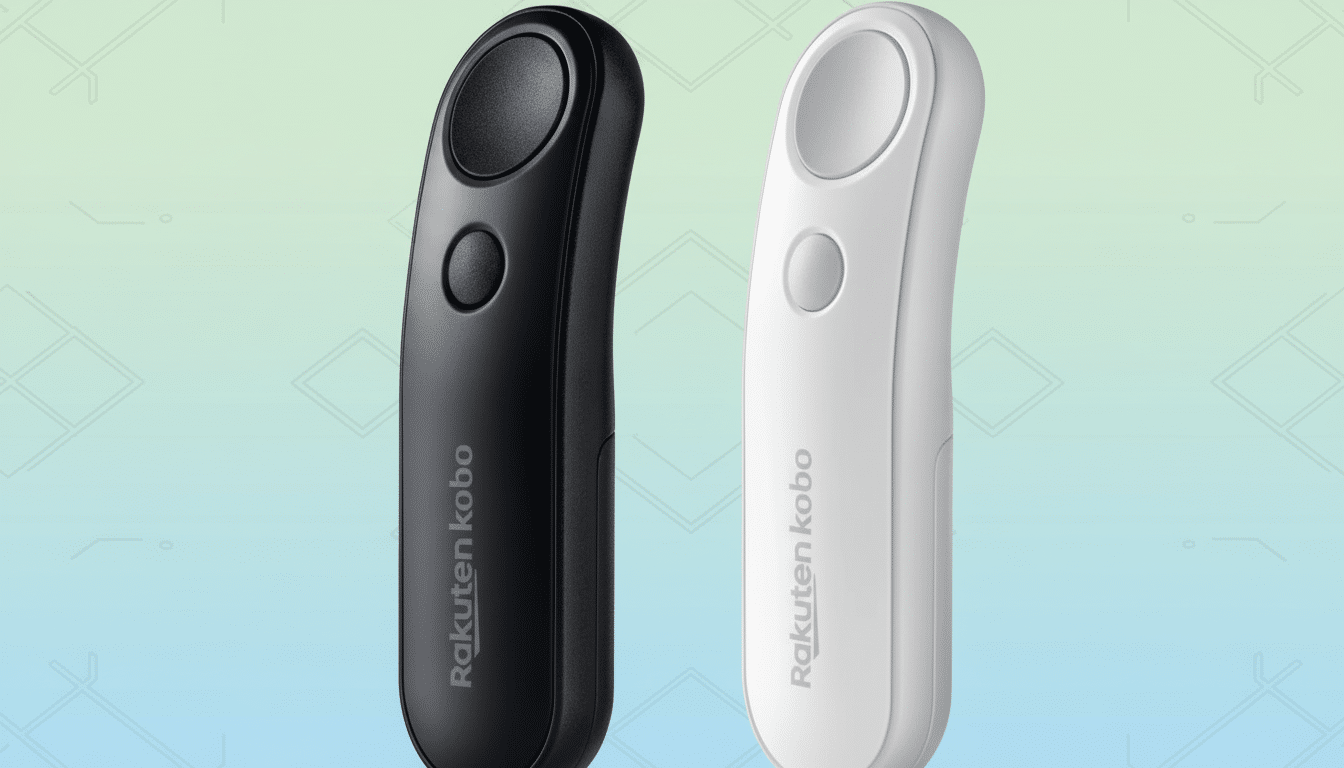Two new Bluetooth page-turners for e-readers from rival device brands have made a niche accessory a seemingly obvious product gap for Amazon. With physical-button remotes now shipping with crowd-favorite touch-only devices, the argument for an Amazon-made Kindle remote is less theoretical—it’s a common-sense escalation point.
Rivals Bring Button-First Reading to the Mainstream
This month’s releases of the Kobo Remote and Tolino Flip are once again bringing simple, tactile page turns to the forefront of the experience. Tolino’s model pairs via Bluetooth with a distance of about 20 meters, weighs just 26.5 grams and works for months on a single AAA battery. Between two big buttons and an optional wrist strap, it’s just as usable on the couch or a treadmill or with gloves on — all spots where tapping at glass is painful. Tolino was born to the same family tree many, many years removed from Kobo, and both hit remotes are predictably quite similar in the appearance and functionality department.

These add-ons solve a problem readers didn’t even realize they had until they tried them: page turns that never jostle the screen or reposition your grip. That’s all the more appealing as e-readers move up in size; it’s hard to hold a 7–10-inch slab in one hand for an hour without straining at least a thumb. Remotes make that an afterthought.
Kindle Deserves an Official Remote from Amazon
Amazon used to save physical page-turn buttons for the high-end Kindle Oasis, and then killed the Oasis line in 2024; now, all Kindles depend on touch. That decision stripped away a point of differentiation that existing fans had cherished — and pushed others closer to competitors that still have physical buttons. And yet, a cursory search of the marketplace brings up an ocean’s worth of third-party clickers and hacks for Kindles — apparent demand with no first-party response.
Kindle still commands more than 50% of the dedicated e-reader market by most industry accounts. When a category leader outsources any major usability feature to third parties, inconsistency is invited and the polished ecosystem experience that keeps customers loyal is eroded. A third of U.S. adults read an e-book in the past year, according to Pew Research Center; if just a small share of those readers wants more comfort during long reading sessions, you end up with a substantial installed base for an accessory with strong margins.
Accessibility and the Big-Screen Reality
The large screens on the Kindle make me want a remote in the first place. The prevalence of note-capable e-readers and screens 8–10 inches diagonal makes the larger fonts (or restrained comics or PDF books) more rewarding, but the reduced ability to read one-handed is disappointing. A simple clicker solves that problem right away.
It’s not merely about convenience: the CDC reports that 27 percent of adults in the United States live with a disability. A simple two-button remote can mean the difference between reading and not reading at all, for readers with arthritis or repetitive strain, or limited mobility.

There’s a seasonality angle, too. Glove-wearing, cold open-air reading, tired train commuting, and lying-in-bed-that-ain’t-stabbing-no-screen are scenarios we could all use a solid, official remote for to handle better than off-the-shelf gizmos.
What to Look for in an Amazon Kindle Remote
The Kindle already has Bluetooth for audio and accessibility, so you’ve got the radios. A first-party remote could even outdo rivals with deep software hooks: long-press to open a dictionary or Wikipedia card, double-press to toggle Page Flip, quick controls for brightness and warmth, a hold-to-scroll mode for comics or web articles. A small LED and haptics would verify your input so you don’t have to look down, and an inexpensive, replaceable coin cell (or AAA) would make maintenance a non-issue.
Amazon might sell two SKUs: a minimalistic two-button version for $20 to $30 and a “pro” model with an additional button and clip for bookstands or headboards. The important part is that pairing settings can be set through Kindle with profiles syncing between devices much the way Whispersync works. An optional API would allow accessibility apps or education platforms to remap actions inside classroom or assistive applications.
The Cost of Waiting for an Official Kindle Remote
In hardware, where devices stick around for years, accessories are how ecosystems stay sticky. The fact that Kobo leans into remotes recontextualizes physical controls not as quaint extras, but as contemporary comforts. If Amazon falters, it hands over a bullet point in every review and forum thread about reading comfort — particularly now that even its current lineup no longer features built-in hardware buttons.
The message from rivals, loud and clear: readers want tactile control back (without giving up the advantages of a touch-based interface). A tiny, meticulously designed Kindle remote would address that need, increase accessibility, and further entice customers to remain within the Amazon ecosystem. The quicker that Amazon acts, the more a glaring void becomes a clear victory.

